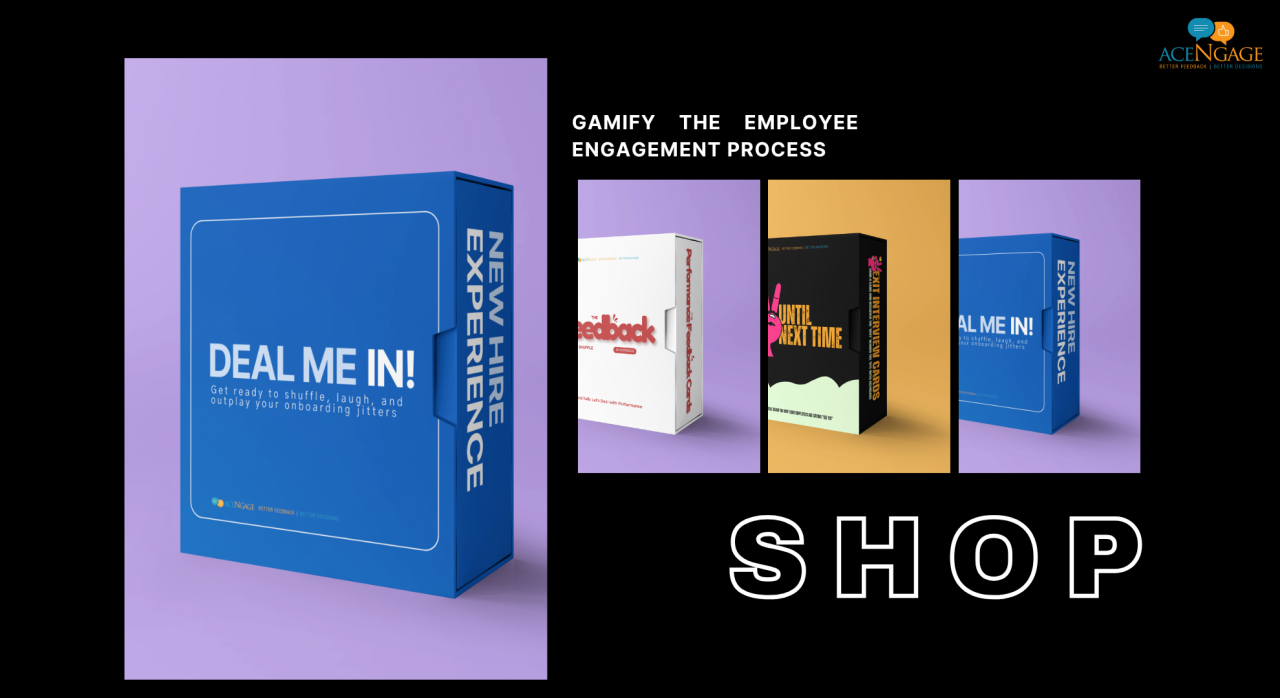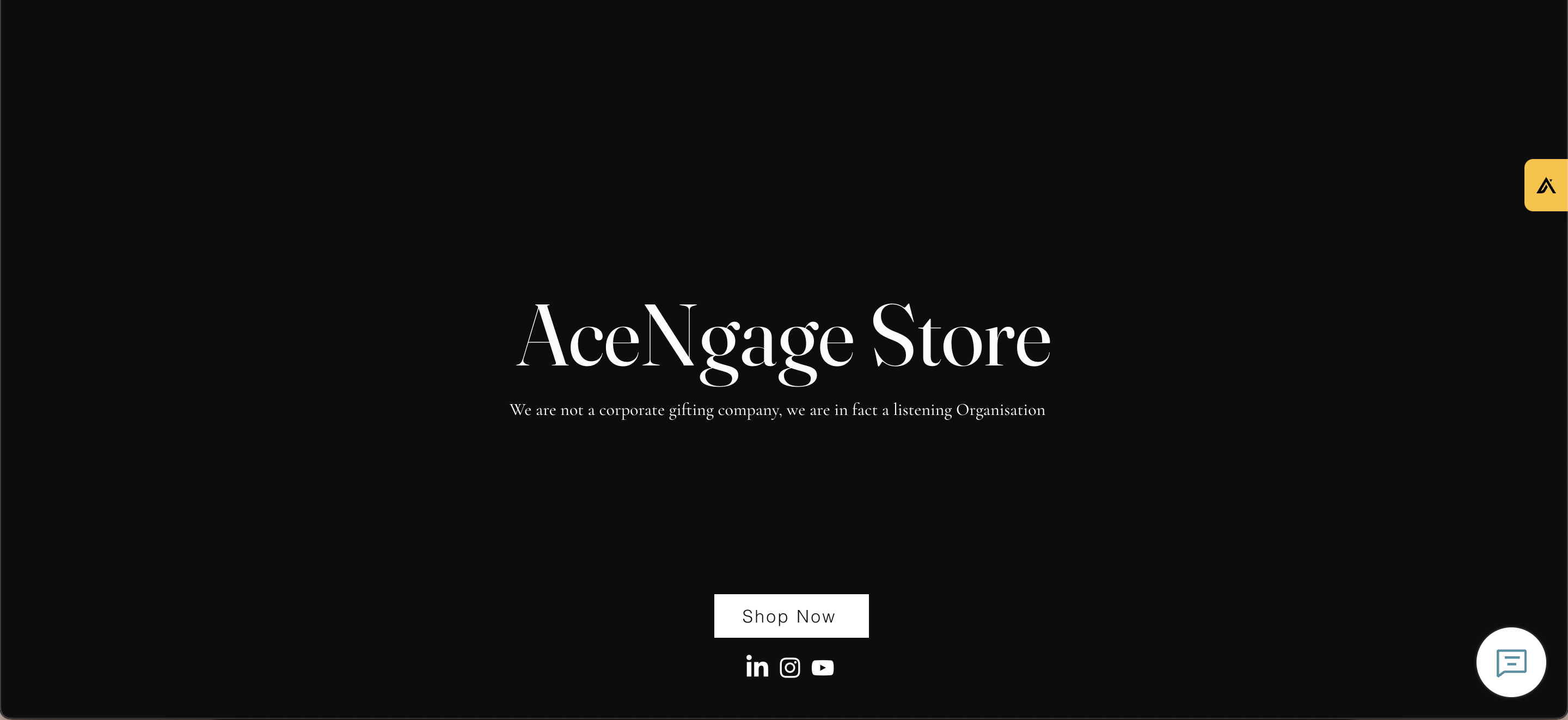After the disruption of the pandemic, virtual working has become the new barometer of work culture. Almost 85% of the organizations are adopting virtual technology for working and interviewing candidates, as per a Gartner poll of HR leaders in 2020. While there are many benefits to virtual hiring systems, the flipside is that online methods make interactions impersonal. Putting the human back in HR, especially during candidate engagement can make your brand standout of the pool of digitized solutions.
Research indicates that more than 75% of prospective applicants, never hear back any feedback after an interview. As per LinkedIn, only 7% of the candidates receive a phone call from a recruiter or hiring manager, about a rejection. About 52% of them are open to re-apply or work with the same company, if they heard some feedback, even after they have been rejected.
Interactions beyond technology, systems and processes are sought by professionals. Since online working is in surplus, the need to balance it out is here. Putting the human back into HR has become more essential, now, given the rise of empathetic requisites.
The hiring industry is known more for rejections than acceptances. This, in all fairness, is the right approach to hiring. How else can we live up to the benchmark of “may the right candidate fit the job”. With every position that is open, a minimum of 250 resumes are received by each recruiter, as per research. Out of which a few hundred get rejected, and only one candidate is selected, per position. Getting one candidate is equated to several hours and days of effort in the selection process. Caring to onboard each candidate with a positive experience, must be continued intentionally.
Empathy must maneuver all interactions, digital or real-time. It is an expectation, post the pandemic disruption. The need for wellbeing, empathy, employee experience and candidate engagement continues to top the charts. So, here are 15 ways to put the Human Back in HR, For Candidate Engagement.
14 Ways to Sustain Employee Engagement During Layoffs or Furloughs
1. Personalize
Candidates are like consumers. Hiring and onboarding managers must treat candidates like they are customers from the start. And this means irrespective of whether the candidate gets selected or not, the approach should be the same. We must talk to the person and not to a resume or CV. Avoiding templatized communications, and pursuing natural conversations is key. Exchanging pleasantries, making the candidate comfortable and prepping them for the interview or onboarding process is a recommended approach to personalize the process.
2. Keep systems and rules aside for a moment
Sometimes systems and rules cripple our natural flow of discussions. With timelines and targets assigned to fill up open roles, recruiters could be under the pressure of closing those targets. It is but expected to feel so. Hence, a conscious effort must be made to become system agnostic and focus on the prospective candidate’s experience. Establishing a good rapport with the candidate could come in handy throughout the process. This is mainly the case, should the candidate plan to delay accepting the offer or delay joining, in the future or face any other similar situation.
3. Set expectations and bring clarity
Improve the candidate experience, by sharing the prospective process and steps before hand. Sharing the end to end process, reflects structure, clarity, professionalism and culture. Bringing such clarity to the candidate, minimizes ambiguities and apprehensions about the timelines and steps. And can also, minimize tons of questions from the candidate during the process, because of the set expectations.
4. Seek feedback, often
Asking candidates for feedback on a regular basis can lead to improvement of recruitment processes. Research has proven that the best place to start regarding process improvements, is asking for feedback from customers. In this case, it is from the candidates.
On regular intervals, seek feedback from the candidate about the steps. And intentionally, make a note of the given feedback as a valuable step toward quality audit and improvement.
Course correction and instant implementation of feedback can project the team and the brand in good light. And above all, show that hiring teams care for candidates.
5. Be respectable of their views and their time
Every candidate differs from the other. Giving a wide scope to receive feedback, listening to varying views and respecting candidate time should be part of the working culture. Also, HR must cater to candidate’s flexibility, should there be a change in discussion dates, due to personal situations. HR must welcome the candidate’s authentic self.
By allowing the candidate to be comfortable with them, shows that the brand is invested in them, from the start. Which in turn makes candidates, relatively, more committed than usual.
6. Maintain the connection even if the candidate is not selected
Most recruiters neglect this step. Again, being bound by systems and timelines, HR unintentionally, ignore or overlook the resumes or candidates who have been rejected. Rejected candidates could be a match in the future. They could be your passive brand ambassadors, though not selected for a role. Hence, it is critical to close the conversation, with the candidate while appreciating their candidature. And also, encouraging them to re-apply in future, for future roles. This keeps the connection intact and leaves scope for future employment, if criteria are met.
7. Ensure the selected candidate is not neglected and handholding is done, all the way to joining
This is another concern that is recurringly shared by candidates. Selected candidates experience recruiter ghosting for days or sometimes for weeks or months. After the candidate is made aware that he/she has been selected, there is no further communication from the recruiter, sometimes for months. The recruiters could be attending to other open positions, or miss emails from candidates. Irrespective of the reason, this is a real thing and must be stopped.
Qualified and selected candidates could get apprehensive if the offer got revoked. And they could take up other job offers from competition, instead. Often, organizations struggle with low joining ratios because of this experience and the cycle repeats itself, due to the lag.
A solution could be by partnering with third party engagement partners such as AceNgage, Candidate engagement can be taken care of. AceNgage’s onboarding specialists engage with the candidate from offer to joining date. Handholding of the candidate is done, by the trained team of AceNgage, answering queries, keeping in touch, while continuously gathering crucial feedback from the candidate.
8. Keep communication lines open
HR must provide open communication lines to the candidate. At no point in time, should the selected candidate struggle for active communicating channels. Communication gaps not only give an unpleasant experience but they could lead to unnecessary rumors. A high possibility of losing candidates to competitors around this time, is possible.
9. Let your positive work culture reflect in every conversation
Candidates level of awareness is very high and the concept of work culture is prevalent. Compensation alone is not a deciding factor for candidates to decide on a job role, any longer. If the work culture of a company does not seem positive, candidates may reject offers or even stop responding to recruiters. Candidates research about companies online and gather reviews to better acquaint themselves. Recruiters must remember that they are the face of the company, that the candidate first interacts with them. Hence, it is vital to ensure the values or the positive work culture of the company are demonstrated in every interaction.
10. Demonstrate empathy often
Empathy is an attribute that is expected out of every professional interaction. Earlier, it was mentioned as a leadership trait. But with the whole hybrid and remote working, need for empathy has reached unexpected heights. With the pandemic, candidate needs and situation in general has spilled profession into the personal space. Hence, acknowledging vulnerability, managing and understanding emotions is crucial. Showing empathy, being an active listener, responding to candidate’s situation can go a long way in candidate engagement. Building such a rapport with a candidate can inculcate qualities of belongingness and accountability, even before the hiring happens.
11. Neutralize all biases
This point is a non-negotiable. Major companies have policies of zero tolerance for any bias. But unconsciously, bias tends to trickle into interactions and manual processes, as a natural reaction. It is important that teams are mindful and fully aware of all such biases. By being fully aware, consciously negating such biases becomes possible. It is important to make the candidate comfortable in the least expected times. This becomes a huge win to show your company values, to prospective candidates.
12. Work on improving candidate experience, on a need basis
The entire process of recruitment and onboarding must be regularly, improved. The objective should be to refine, from the candidate’s perspective. Quite often, recruitment processes are improved internal to the company. And it is a fair exercise. But overlooking the candidate’s perspective and experience could sting the company brand at a later time. Checking candidates, seeking their inputs on experience can help in regulating and filling in gaps. The end objective should be a smooth candidate experience, from hiring to onboarding.
By partnering with engagement experts such as AceNgage, companies can be rest assured that candidate experience is taken up as a priority. Their trained behavioral psychologists and engagement specialists, handhold candidates through the entire onboarding process.
13. Build in the listening skills
Having hiring skills alone are not enough when hiring candidates. Active listening and being able to ask, converse, negotiate and convince candidates is key. Often, the softer skills are missing in the HR space, leaving candidates disgruntled. Even when there is a rejection of a profile, if conveyed in an appropriate manner, the rapport with the candidate can be retained. Listening skills is a fundamental element to have.
14. Close conversations with rejected candidates
A regular practice in recruitment is to invest time and effort in pursuing qualified candidates only. The rejected profiles don’t get to know what happened to their application, and are left with unanswered, lingering questions. Recruiters have the responsibility to share feedback with the candidates and close the loop. It enables candidates to focus on the feedback, constructively, to be better prepared for their next interviews. With such constructive conversations and rapport building, research states that candidates are 24% more open to share referrals to recruiters.
14. Close conversations with rejected candidates
A regular practice in recruitment is to invest time and effort in pursuing qualified candidates only. The rejected profiles don’t get to know what happened to their application, and are left with unanswered, lingering questions. Recruiters have the responsibility to share feedback with the candidates and close the loop. It enables candidates to focus on the feedback, constructively, to be better prepared for their next interviews. With such constructive conversations and rapport building, research states that candidates are 24% more open to share referrals to recruiters.
15. Talk about wellbeing
After the pandemic, wellbeing is a mandate for employees. When recruiters talk about wellbeing programs, what is being recognized is that employees are humans first. And that work and life are equally important. Wellbeing conversations improve candidate experience. It also, speaks of the pro-employee work culture. By talking about wellbeing aspects, recruiters and HR teams inculcate a sense of belonging with the prospective candidate. And leaves the candidate with a positive experience about the brand and of the hiring team.
We have seen the impact of the great resignation, and now, we are almost into the phase of the great replenishment. But with a seemingly shrinking talent pool, the benchmarks of recruitment and onboarding experience are getting more and more competitive.
The level of awareness for candidates is high. And gauging the company culture from the start, by the experience they have during and after recruitment, has become easier. Hence, investing in a humanistic and personalized experience can go a long way for brands, to stand out from competition. While technology and online methods are a boon for manual tasks, they cannot replace rapport building or relationship management. A dramatic shift happens when the human is put back into HR, to enhance candidate experience.

Anita Asirvadam, an ex-Big4 HR advisor, helps organisations as a Strategic HR advisor, B2B HR writer and an Executive coach. With 14 years of HR expertise and a psychology background, she brings forth thought leadership, research based, result-oriented content and strategy as per industry trends. When not working, you can find her cooking and ideating, painting or spending time in nature with her son.









